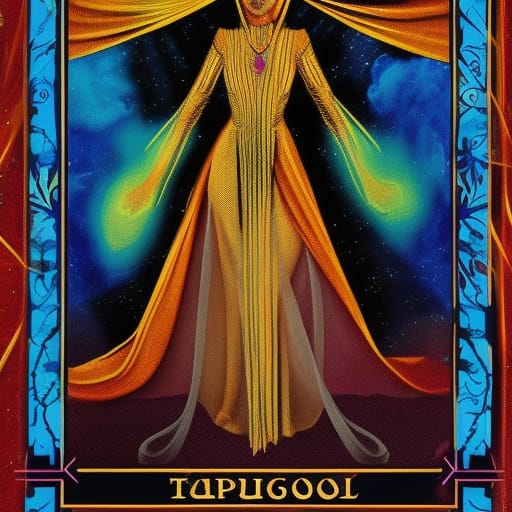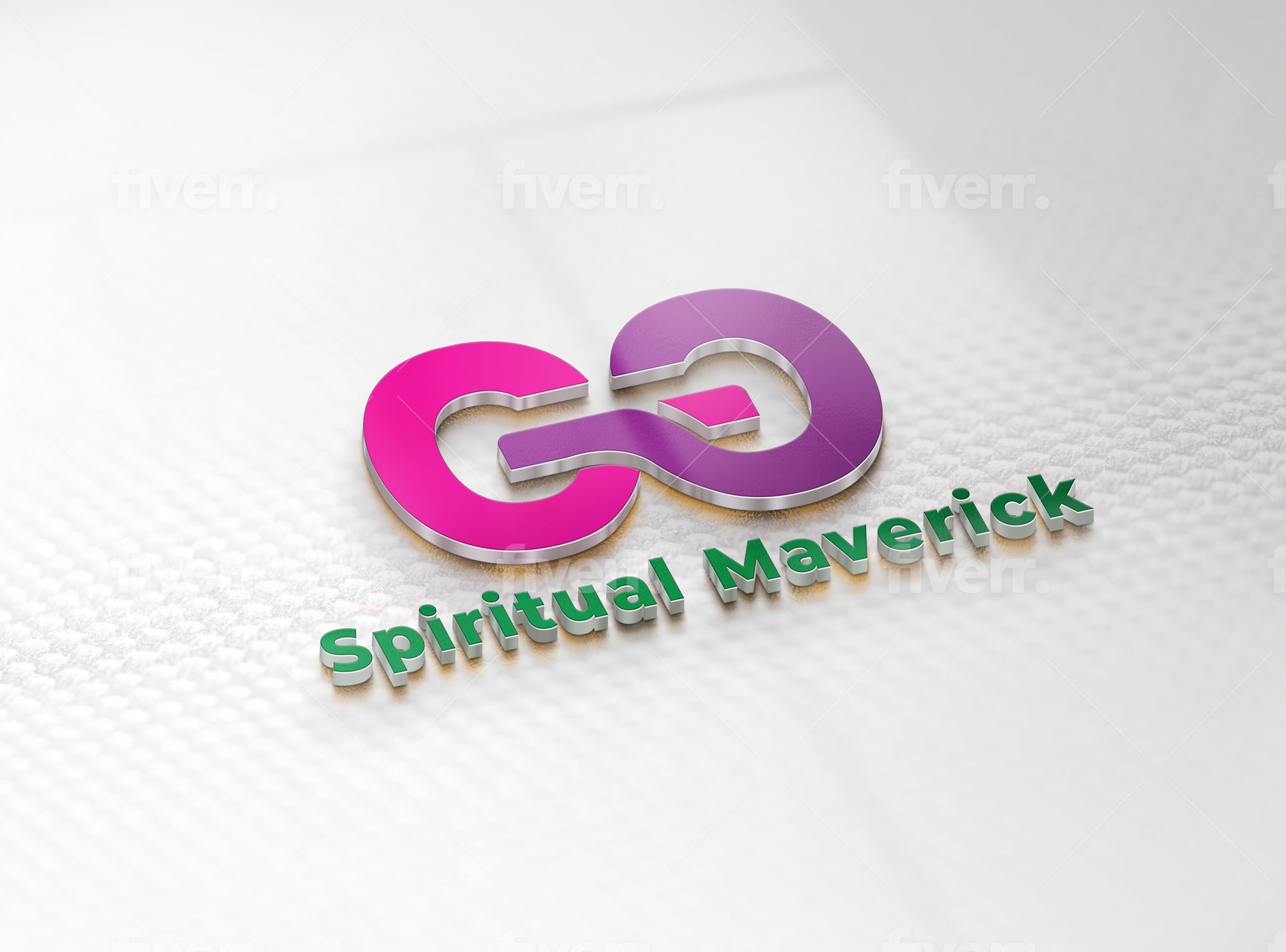Sophia and Carl Jung

Carl Jung had a complex and multifaceted view on Gnosticism and the goddess Sophia. Gnosticism is an ancient religious and philosophical movement that emerged in the first century AD and emphasized the importance of gnosis, or direct knowledge of the divine. The goddess Sophia, in Gnostic mythology, represents wisdom and the divine feminine. Jung saw Gnosticism as a valuable source of psychological insight and a precursor to his own theories. He believed that Gnosticism contained profound psychological truths and archetypal symbols that could help individuals in their individuation process, which is the process of becoming a fully integrated and authentic self. Jung saw the goddess Sophia as a symbol of the anima, the feminine aspect of the male psyche. He believed that the anima represents the unconscious feminine qualities that men possess, such as intuition, emotion, and creativity. The anima is also associated with the process of integrating these qualities into consciousness. Jung also saw Sophia as a symbol of the collective unconscious, which is the shared reservoir of archetypes and primordial images that all humans inherit. He believed that the collective unconscious contains the wisdom and knowledge of the ages, and that the goddess Sophia represents this wisdom. However, it is important to note that Jung did not endorse or promote any specific religious or spiritual beliefs. Instead, he saw religious and mythological symbols as expressions of the collective unconscious and as tools for psychological growth and self-discovery.
